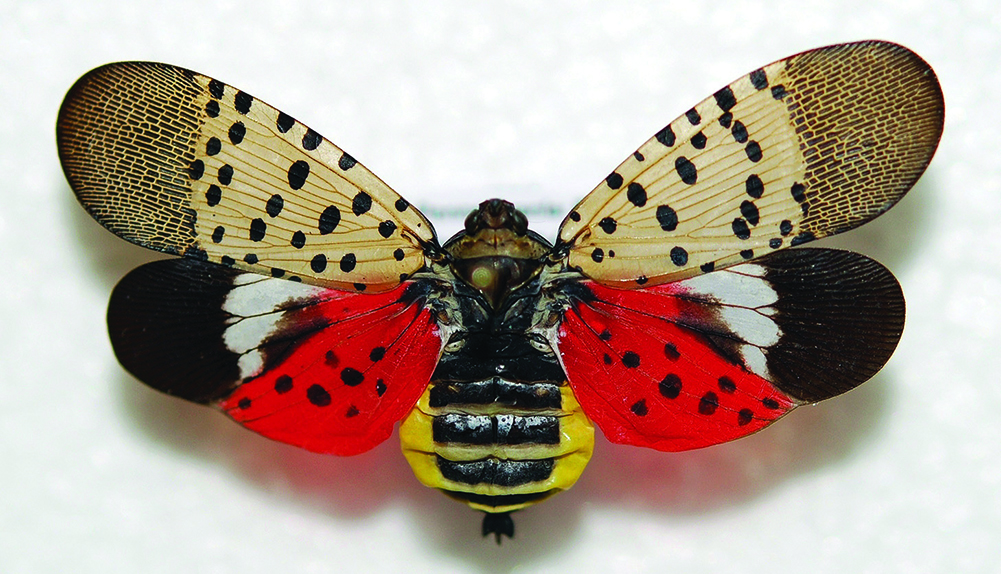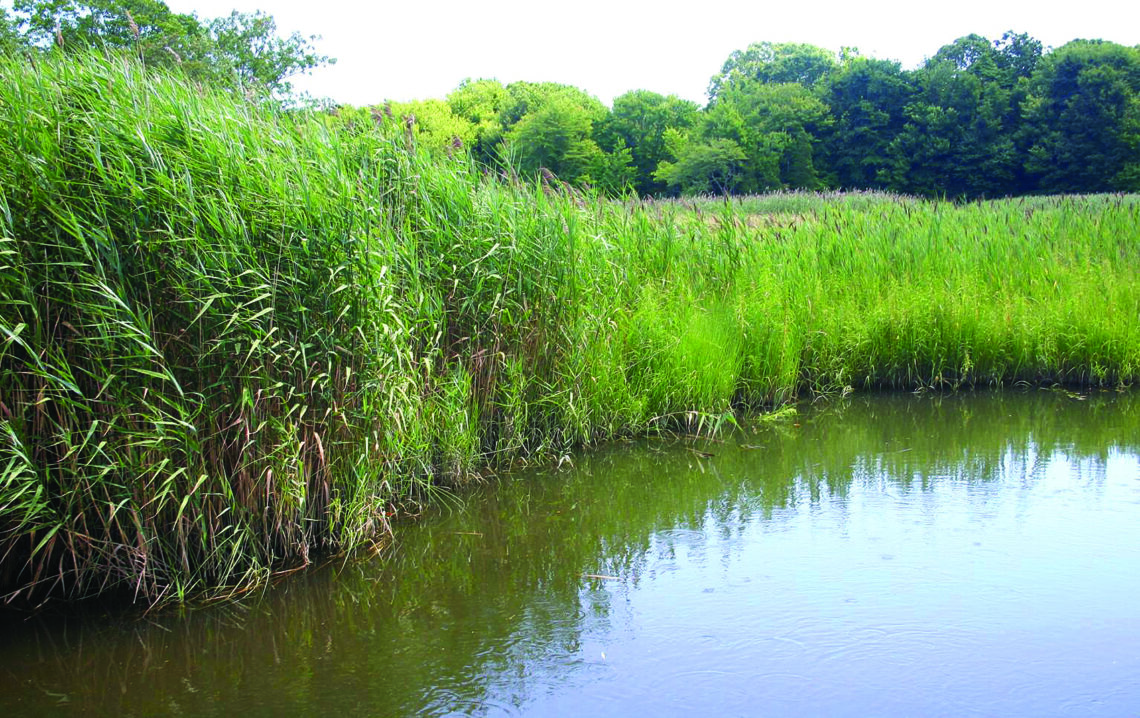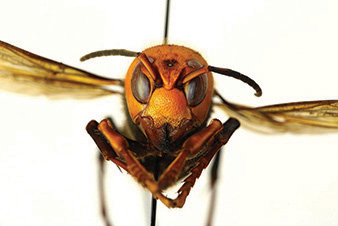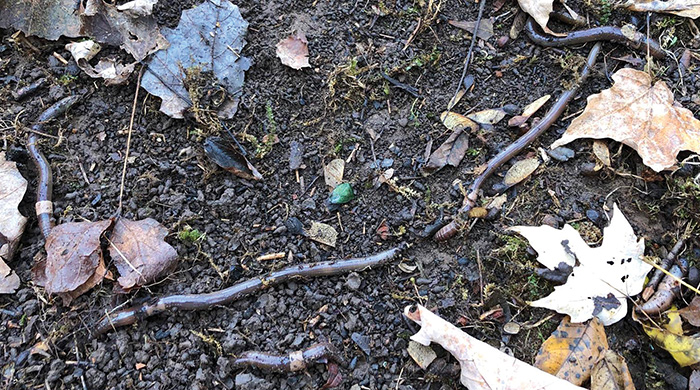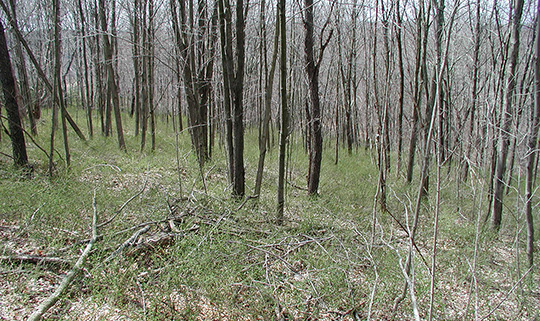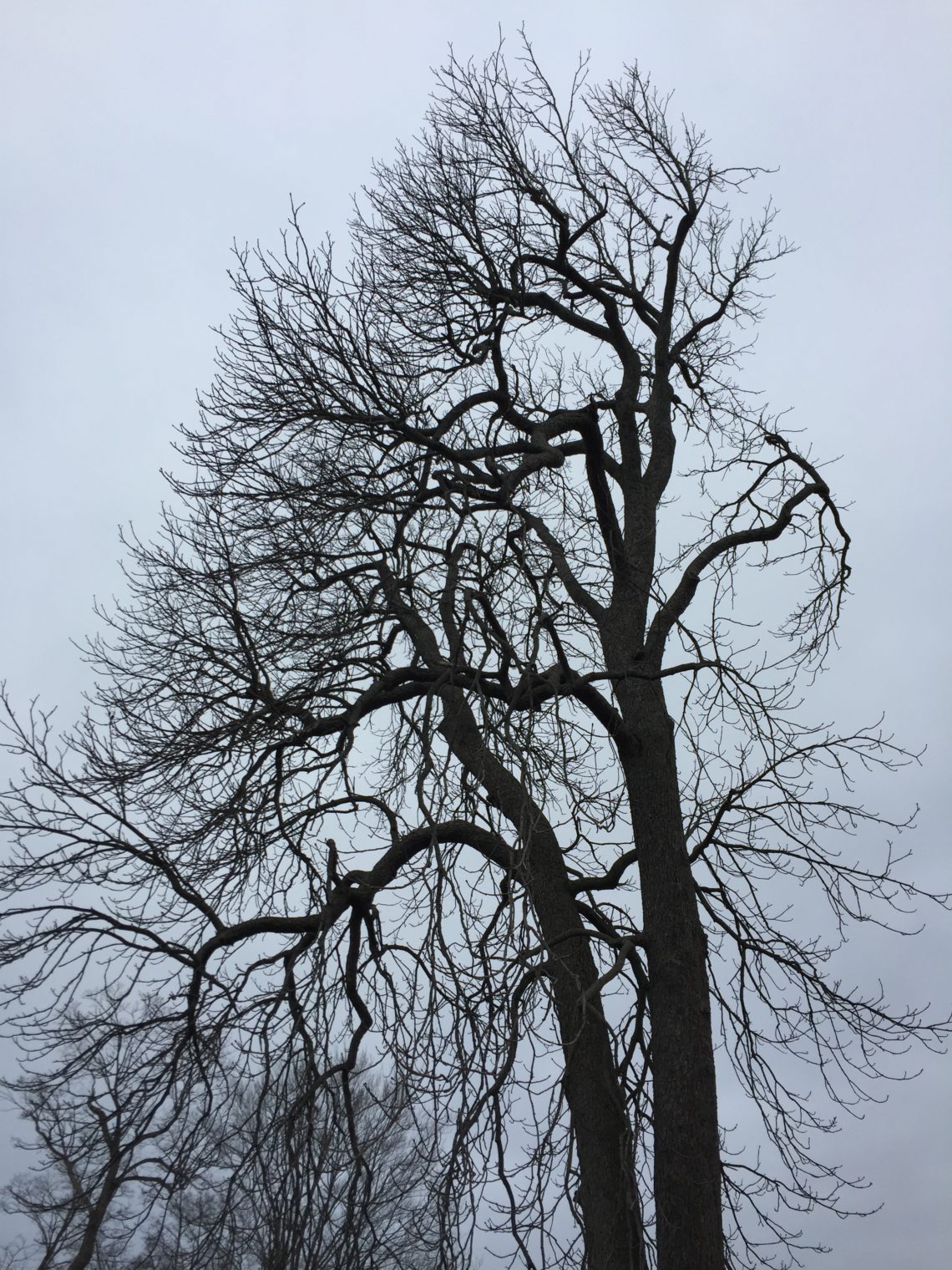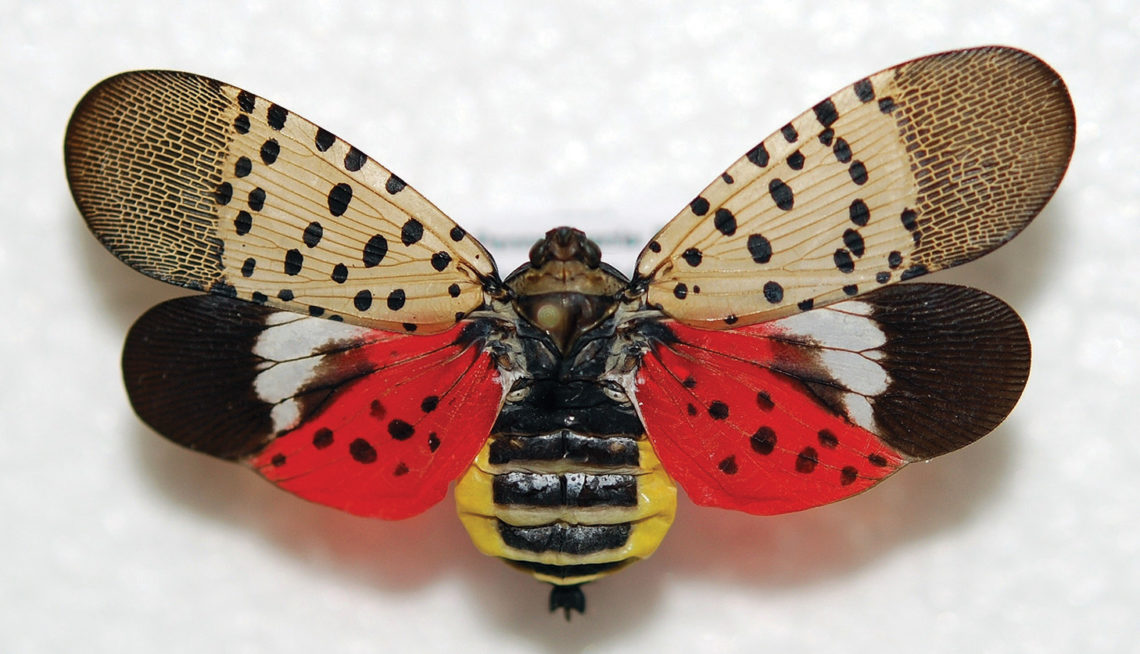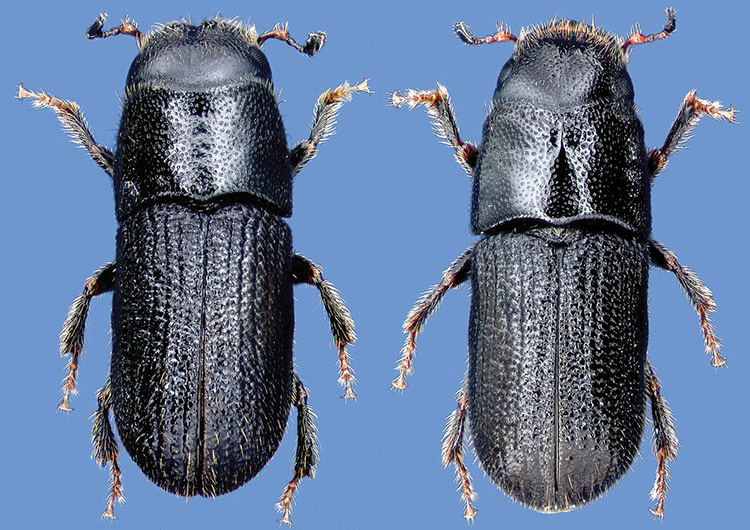The Connecticut Agricultural Experiment Station (CAES) in cooperation with USDA APHIS Plant Protection and Quarantine (PPQ) continued to detect expanding populations of the spotted lanternfly (SLF) in Connecticut through 2023. The Director of CAES hereby announces the renewal of the Order of Quarantine for SLF that was established July 1, 2021, effective January 1, 2024. More information about SLF, the quarantine order and state quarantine requirements can be found at: https://portal.ct.gov/CAES-SLF In 2020 through 2023, multiple adult SLF populations were detected in Fairfield, Hartford, Litchfield, Middlesex, New Haven, and New London Counties. The distribution of this insect continues to expand, posing a threat to the agriculture and forests of Connecticut,…
-
-
Jumping Worm Protocol
A new season of plant sales, swaps, and gardening means facing the jumping wormproblem. Avoiding New IntroductionsHere’s a compendium of broad guidelines from several university extensions and the Connecticut Agricultural Experiment Station (CAES) to help you deal responsibly with these invaders going forward. To avoid unwanted introductions, one should have a basic management protocol in place. The boxed links offer a deeper dive and can help those new to jumping worms catch up. The enemy: Jumping worms (Amynthas spp.) are smooth, glossy brown or grayish and they move more like a snake than a ‘traditional’ earthworm. They hatch in April/May from eggs in protected cocoons laid in the fall, live…
-
Connecticut’s Cryptic Invader
Phragmites australis (Common Reed), is neither a reed nor is it from Australia. It’s actually a perennial grass that probably originated in the Middle East. Be that as it may, it is one of the most prolific invasive plants in Connecticut. Phragmites probably arrived in the United States via Atlantic Coast ports in the late 18th and early 19th centuryalong with ballast in sailing ships. It can now be found in all 48 continental states and large sections of southern Canada. Common reed can grow to 15 feetor more and puts down deep roots that have spreading rhizomes. It thrives in moist conditions with plenty of direct sun. It’s a…
-
Asian Giant Hornet Look-alikes
By Will Rowlands In early May, The New York Times ran a couple of pieces about “Murder Hornets.” Asian giant hornets (Vespa mandarinia) are, in fact, dangerous, they kill dozens of people every year in China, Korea and Japan, where they are sometimes called murder hornets, tiger hornets or great swallow bees. In late 2019, they were found in two locations in northern Washington and a couple of places in nearby British Columbia, across the Strait of Georgia. Early genetic testing indicated that the Canadian colony came from Japan while the Washington hornets were from South Korea. Unfortunately, they’ve managed to overwinter. In May 2020, new specimens were found in…
-
Jumping Worm Update
By Annise Dobson Many of us have grown up thinking that earthworms are a sign of healthy, fertile soil. Recently, a bigger, faster, and incredibly abundant earthworm has been showing up in Connecticut farms, gardens, and forests. Earthworms can be beneficial in their native ecosystems and agricultural settings, but their ability to re-engineer soil can completely restructure ecosystems and the microbial, plant, arthropod and vertebrate communities that live within them. Native Earthworms in Connecticut While its true that most earthworms you will encounter are non-native,we have a small number of native earthworm species in Connecticut. Thelast glaciation is thought to have pushed earthworms out of Connecticut, but Dr. Tim McCay…
-
Tick Nurseries Editorial
To help those of who are seeking more answers about why barberry is considered invasive and a tick nursery — here’s a pdf and text of the editorial Will did back in 2015 (pre-digital CG). We hope it helps! It’s a very big subject, when you get down to it, and in our opinion, the more aware people are of their landscapes and the plants in them and their relation to the ecosystem, the better we are able to choose plants that are beneficial and non-invasive. And, as you will read, it’s wise to be aware of the environments where tickborne diseases can hide, and eliminate them if they exist…
-
Trees: A Tough Few Years in Connecticut
When the winter 2018-’19 CTPA (Connecticut Tree Protective Association) newsletter, “The Connecticut Arborist” arrived, the article by Chris Donnelly titled, “2018: A Difficult Year for Trees — How Can Arborists Help?” stood out. As a reader, we’ll assume you’ve noticed the increasing number of dead and dying trees as you drive around the state. For the many of us who love our trees and hate to see them perish for any reason, Chris’s article gives us some insight on what’s going on and where. The windstorms and tornadoes in our area in March and May, the continuing advance of the Emerald Ash Borer (EAB), plus the combined effects of drought…
-
Spotted Lanternfly in New Jersey
2018 – Spotted Lanternfly (Lycorma delicatula) has been reported in New Jersey less than 100 miles from Connecticut. According to USDA APHIS, “Nymphs feed on a wide range of plant species, while adults prefer to feed and lay eggs on tree of heaven (Ailanthus altissima). If allowed to spread, this pest seriously harm the country’s grape, orchard and logging industries.” For more information just do a search for Spotted Lanternfly USDA
-
Yet Another New Pest in Town
MAY-JUNE 2015 – The Southern Pine Beetle (SPB) has been found in New Haven, Litchfield and Hartford Counties. Pitch Pine is a preferred host. See the press release at ct.gov/caes SPB is a small, destructive beetle, 2 mm in length. Pines attempt to push the attacking beetles out with a flow of resin. Attacked trees are covered with small popcorn-like blobs of dried resin. If the attack is successful the beetles lay eggs under the bark, the larvae then feed on the circulatory system of the tree, and kill the tree in one to two years. If you see SPB or pines with the popcorn resin, contact The Connecticut Agricultural…
